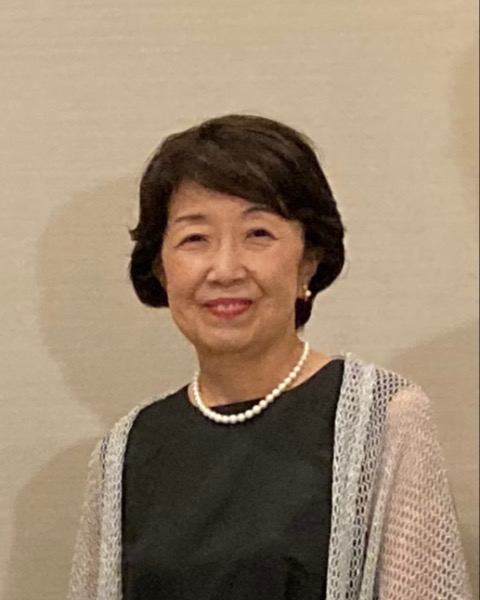Neonatology
Session: Neonatal General 3: Maternal and Fetal Medicine
82 - Analysis of chromosome test results of 24,175 miscarried fetuses in Japan from 2000 to 2021
Friday, May 3, 2024
5:15 PM - 7:15 PM ET
Poster Number: 82
Publication Number: 82.409
Publication Number: 82.409

Takako Takano, MD, PhD (she/her/hers)
Professor
Tokyo Kasei University
Itabashi-ku, Tokyo, Japan
Presenting Author(s)
Background: The average age of childbearing in Japan in 2020 is 34.1 years, and the number of older births (35 years and older) is increasing. Because older mothers are at higher risk of spontaneous abortion, fetal chromosome aberrations, the most common cause of spontaneous abortion in Japan, Europe, and the United States, were investigated before the 1980s (Creasy MR 1976, Gleisler M 1978, Kajii T 1980).
Objective: In recent years, chromosome testing has been outsourced to testing companies in Japan, and there have been few epidemiological studies of chromosome testing of aborted fetuses on a nationwide scale. The purpose of this study is to clarify the actual situation.
Design/Methods: We analyzed the chromosome test data of SRL, Inc., one of the largest clinical laboratories that collects tissue specimens derived from miscarried fetuses from hospitals throughout Japan. We opted out of the SRL homepage and created a data set that was separated from personal information. Statistical analysis was performed using SPSS.
Results: Our analyses covered 24,175 cases over a period of 20 years and 5 months, from November 2000 to March 2021. The average maternal age at the time of examination tended to increase until 2015 (36.8 years), but remained almost unchanged thereafter, with an overall age of 35.8 ± 5.0 years. On the other hand, the average number of weeks of gestation decreased, to 10.9 weeks overall. Of the 24,175 cases analyzed, 8726 (36.1%) were normal chromosomes, 1298 were sex chromosome abnormalities, 9735 were autosomal trisomies, 73 were autosomal monosomies, 840 were ploidy (67 or more chromosomes including near ploidy), 512 were chromosome structural abnormalities, and 2991 were mosaics. When mosaicism was excluded from the analysis, the overall percentage of chromosome aberrations tended to increase with increasing maternal age. Triploidy decreased with increasing age, and tetraploidy was not affected by maternal aging. The chromosome numbers with the highest number of autosomal trisomy cases were, in order, No. 22, 16, 21, 15, 13, and 18, with the exception of 18 trisomies, which showed the effect of maternal aging.
Conclusion(s): New data on chromosome aberrations in miscarried fetuses since 2000 are presented, taking maternal age into account. In Japan, the age of marriage and the age of childbearing are becoming older due to women's entry into the workforce. Our study is useful not only as a resource for patient and medical education, but also as information for the younger generation considering pregnancy in the future.
